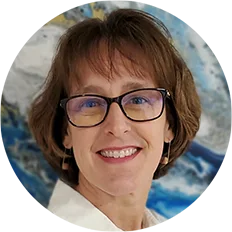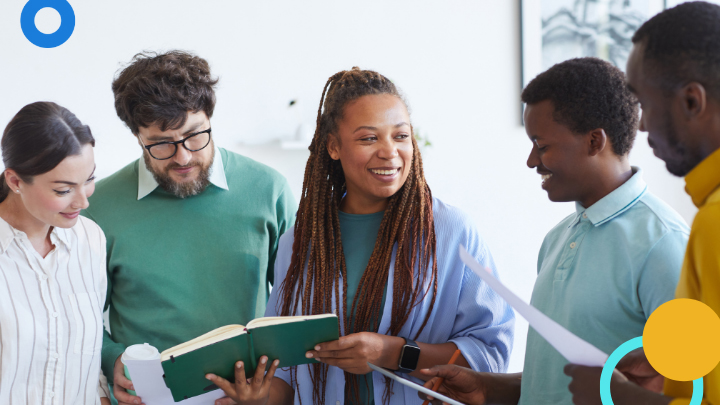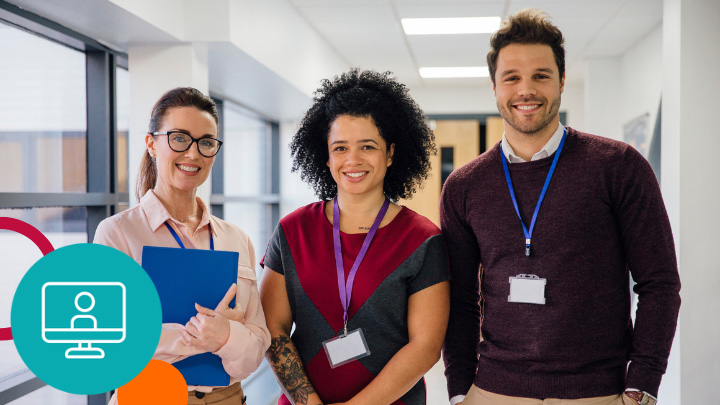Research shows that Professional Learning Communities (PLCs) positively impact teacher morale and retention when groups work to positively improve student learning. By sharing in their inquiry, wondering, and creative problem-solving tasks, teachers lean on each other, develop trust, and gain peer support in their work.
Defining the focus of collaborative work and goal of the PLC is an important starting point. But even when this overall objective is determined, the process of working together as colleagues in a PLC might prove to be challenging for those who are new to this process. Here are some strategies to help you manage the logistics of getting PLCs off the ground.
Part 1: Kicking off your PLC
Define a shared vocabulary and understanding of what a PLC is
The definition of a PLC can vary state to state or even district to district.
Like with any collaborative project, it’s important to be speaking the same language when working together. A “regular meeting time” might mean weekly for some members and monthly for others. As you structure your PLC, make sure that you:
- Ask clarifying questions
- Don’t make assumptions
- Discuss logistics carefully
Make sure each person understands the expectations and commitment of your PLC.
A strategy to help
Building a Professional Learning Community
Create clear roles and goals for each PLC member
The work of a PLC entails not just generating ideas but also managing data that’s collected, managing communication with each other and with stakeholders outside of the group, and tracking PLC progress with meeting minutes. Breaking down clearly defined tasks can help the team balance their workload and energy.
A strategy to help
Establishing Goals and Roles for Professional Learning Communities
Identify protocols and norms for effective group work
The positive energy of a PLC can quickly be zapped when members disagree about how to go about their task—should we look at Unit 1 reading data first or examine year-end trends from all grades? Creating community agreements for discussions and decision-making ensures that all voices are heard while continuing to support the forward progress of the group.
A strategy to help
Developing Norms to Support Productive Group Work
Foster collaboration by relying on teachers’ expertise
The PLC leader doesn’t have to shoulder all of the work. Remember that each PLC member brings a unique set of experiences with them. When the tasks and roles are determined, invite PLC members to consider where they can apply their talents to help support the group.
With these foundational concepts in place, a PLC can get up and running to begin addressing students’ learning needs.
A strategy to help
Creating a Distributed Leadership Model: Meet Demands by Sharing the Load
Part 2: During your PLC
Gather and use data
In order to effectively study and discuss student learning, PLCs need sources of data to examine. This might come from assessments, data on student disciplinary referrals, educator tracking of student engagement, or student artifacts. An initial data reflection can help identify a goal to work towards and a strategy to try to improve outcomes. Continuing to analyze data throughout the process will show if your strategy is working and provide your PLC with concrete information to set new goals or refine existing ones.
Strategies to help
Keep your goal in mind
Improving schoolwide culture can be a shift not easily defined by one set of data. Ensuring that the PLC goal leads to equitable outcomes for all students is of paramount importance. Consistently reflecting on the PLC goals to ensure alignment with best practices in inclusion and equity should be an integral part of any PLC work.
A strategy to help
Building Equity Awareness and Capacity
Have regular check-ins about progress
We often don’t evaluate our processes or goals until the completion mark. This is a missed opportunity to fine-tune and adjust the collaborative process. How things are going in November might be very different than what was anticipated in September. Building in a reflective protocol allows PLCs to do a temperature check on their goal, and pivot as needed to account for real-world conditions.
A strategy to help
Reflecting on Progress using the PRO Co-Reflective Protocol
Part 3: After your PLC
Share what you’ve learned
PLCs learn a lot about their students and school culture while digging into specific projects and goals. It’s important to share what you learn and, if you develop a new protocol or resource as a result, help the wider school community understand the background for any instructional shifts. Peer-to-peer professional development is a great way to widen the learning circle beyond the PLC and multiply the impact of your PLC’s work.
A strategy to help
Build Student-Centered Professional Learning (available with a BetterLesson account)
Celebrate your work
PLCs take time, energy, and cooperation to successfully function as a strong team within a school or district. When the work is over, it’s time to celebrate! Don’t forget to honor the time educators have given to the PLC process and celebrate the outcomes of their hard work. Showing appreciation for this important work demonstrates to PLC members that they are valued for their expertise and strengthens the bonds between educators.
A strategy to help
Teacher Positive Reflection Board
In the end, PLCs are one of many tools that schools can use to strengthen student learning, foster collaboration and teamwork, and ultimately create educational communities that thrive. The process of beginning a PLC journey can be daunting, but with the right resources, structure, and support, educators can create a huge impact on students in the process.








